Electrowelded tube: technical parameters and scope
With the development of welding science, metal welding technology has reached a new level. Electrically welded pipes have become much less than hot-rolled or seamless-drawn versions. But welded production is less energy-intensive, hence the price of goods made using electric welding is much lower.
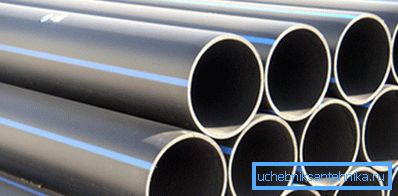
The range of electric-welded pipes is not limited only to a cylindrical form, there is a not less capacious direction of production of various types of profile structures. Pipes produced with the help of electric welding are produced from both traditional carbon steels and alloyed grades. Stainless steel is no less widely used in production.
Where is this material applicable
- Thanks to a reasonable combination of price and quality, electric welded products surround us everywhere. They form the basis of all water and gas systems existing at the moment. In addition, almost all household appliances, ranging from a vacuum cleaner and ending with a sports simulator, even a car must have electrowelded pipes in its design.
- A special place in the production is occupied by metal electrowelded structures designed for construction needs.. Along with traditional reinforced concrete, no serious modern construction can do without square and rectangular shaped welded pipes. Often they form the basis of the frame of any modern high-rise building.
- All modern pavilions and various exhibition halls are made of such structures.. In urban markets, any trade tent or stall is based precisely on light welded frames. No modern greenhouse at the cottage is conceivable without a sturdy frame made of profiled welded metal structures.
- Each of us sat at a desk at school, at an office table or on chairs in a city cafe, currently the frames of all such furniture are made of welded hollow lightweight structures.
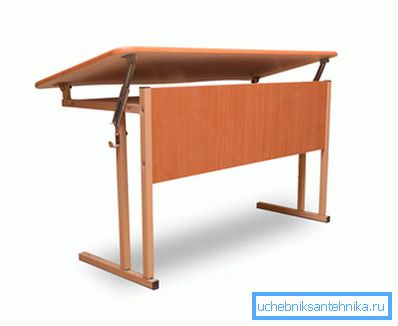
What are the types of products
The entire vast ocean of this product is regulated by GOST for electric-welded pipes. For each industry and areas developed their own regulatory documents, but most of the existing areas focuses on the technical characteristics of electric-welded pipes according to GOST 10704 91.
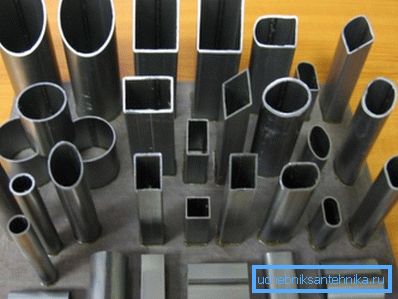
Seam varieties
Structures that are joined by electric welding are also not all the same, experts share two common joining technologies, these are products with straight and screw seams (read also the article Steel electric-welded longitudinal pipes - types and features).
Technological process where a straight or parallel seam is used is more cost-effective. This type of compound in terms of production costs and the organization of the production process itself is much cheaper than its competitors.
It is caused by the fact that the connection runs parallel to the axis of the structure in one line. But the technical data of such pipes do not allow operation at high internal pressure and high temperatures; therefore, they are widely used in building technologies and in the production of frames.
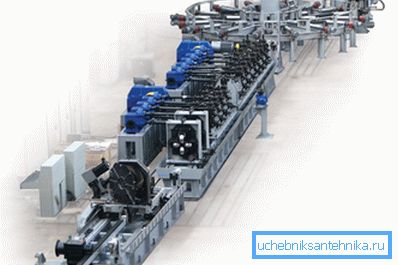
Spiral or spiral welding of joints is much better, in particular, it is used in the production of thick-walled products of large diameter. Most of the gas pipelines and water pipelines are equipped with just such pipes. At the same time, the joint is sewn together, because the welding electrode moves along a complex spiral path.
It should also be noted that such structures can be made by hot and cold forming. Cold forming is more common, since thin-walled structures are produced by this method, as a result, the weight of the electrowelded pipe is much less.
Technological equipment for the manufacture of products of hot forming requires large areas and significant energy consumption. In this way, thick-walled, large-diameter volumetric pipes are made.
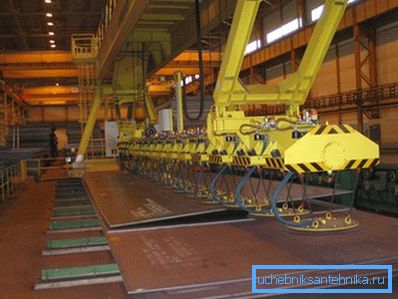
Important: the technology of production of water and gas products, abbreviated VGP, is not much different from electric. The formal difference between a VGP pipe and electrically welded pipe is that it is used for the installation of internal communications. And electric welded structures are common on the main water and gas pipelines.
Stainless steel products
Stainless steel in general and pipes produced from it in particular, have unique performance characteristics. These products are made exclusively by the method of hot forming. It is caused by the fact that stainless steel and alloyed steels belong to high-strength materials; without preheating, they will not be able to bend qualitatively.

The technology of welding this material is also different from the traditional. All such metals are boiled by argon welding. Under production conditions, the sheet is connected in special chambers filled with inert gas, which ensures high quality of the seam.
Hot forming, followed by running-in and cleaning allows to produce high-quality pipes that are not visually distinguishable from solid-rolled ones.
Tip: if there is a manual for welding ferrous metals with your own hands, and in the presence of a welding machine, the operation is quite accessible in artisanal conditions. But to master the argon welding of stainless steel without an intelligent mentor and special equipment you will fail.
Alloy metals and stainless steel are classified according to separate regulatory documents. Traditionally used is GOST 9941 81 for electrically-welded stainless pipes, according to which product certification is carried out practically throughout the territory of the former union.
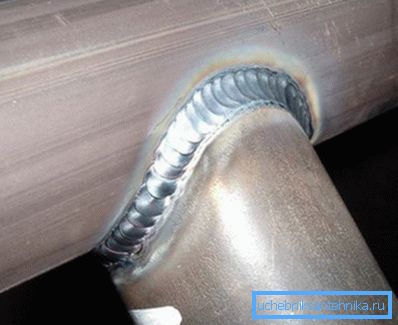
Important: along with the above mentioned regulatory document, there is also GOST 9940 81 for stainless electric-welded pipes. This standard regulates the quality of seamless designs. The seam in them "rolls" on the hot-forming mills and is not visually visible.
A few words about weight
Data such as the weight of an electrically welded pipe is important when purchasing and transporting this product. In addition, most of the trade organizations specializing in the sale of this product release it by weight.
In any document, the weight of 1 meter of electrofusion pipe is indicated. This numerical value allows in a short time to calculate the total mass of the entire batch of goods or the load on the supporting structures during installation.
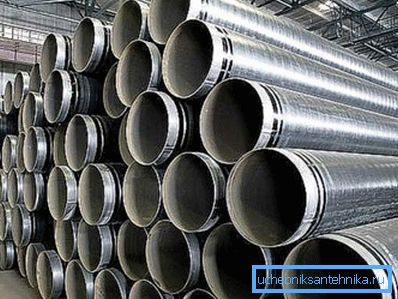
In the accompanying documents for the goods always indicate these data. The weight of any product depends on the density of the alloy from which it is made, the geometry of the cross section and wall thickness.
The easiest way to calculate now is to use special programs, online calculators, which will quickly yield the result. But if they were not at hand, then you can use the assortment tables for this product, which can be found in the corresponding GOST. If the products are not standard, then the parameter closest to the desired one is taken.
If the situation is a dead end and you have no access to either the GOST or the Internet, then you can use the mathematical formulas. So, to calculate the weight of cylindrical products, the formula is used, where the weight is (?) 3.14 * (D - T) * T * L * P.
Where D is the outer diameter (m); T is the wall thickness (m); L is the length (m); P is the density of the alloy (kg / m?), The average density of the metal is 7850 kg / m ?.
For specialized products, the volume of material is calculated using the formula V = A * B * L. Where V is the volume (m?); A and B are the length of the sides (m); L is the length of the product; multiplying A by B accordingly, we get the cross-sectional area. The allowable error of calculation is 12%.
The video in this article provides additional material on the topic.
Conclusion
The range of electric-welded pipes is very wide, but remember that each batch, and sometimes each product must have a certificate of quality. Inspector of Quality Control Department with their own hands, using special equipment should check compliance with regulatory documents and confirm the quality of the goods (see also the article Non-pressure pipes - we study all types and their features).
